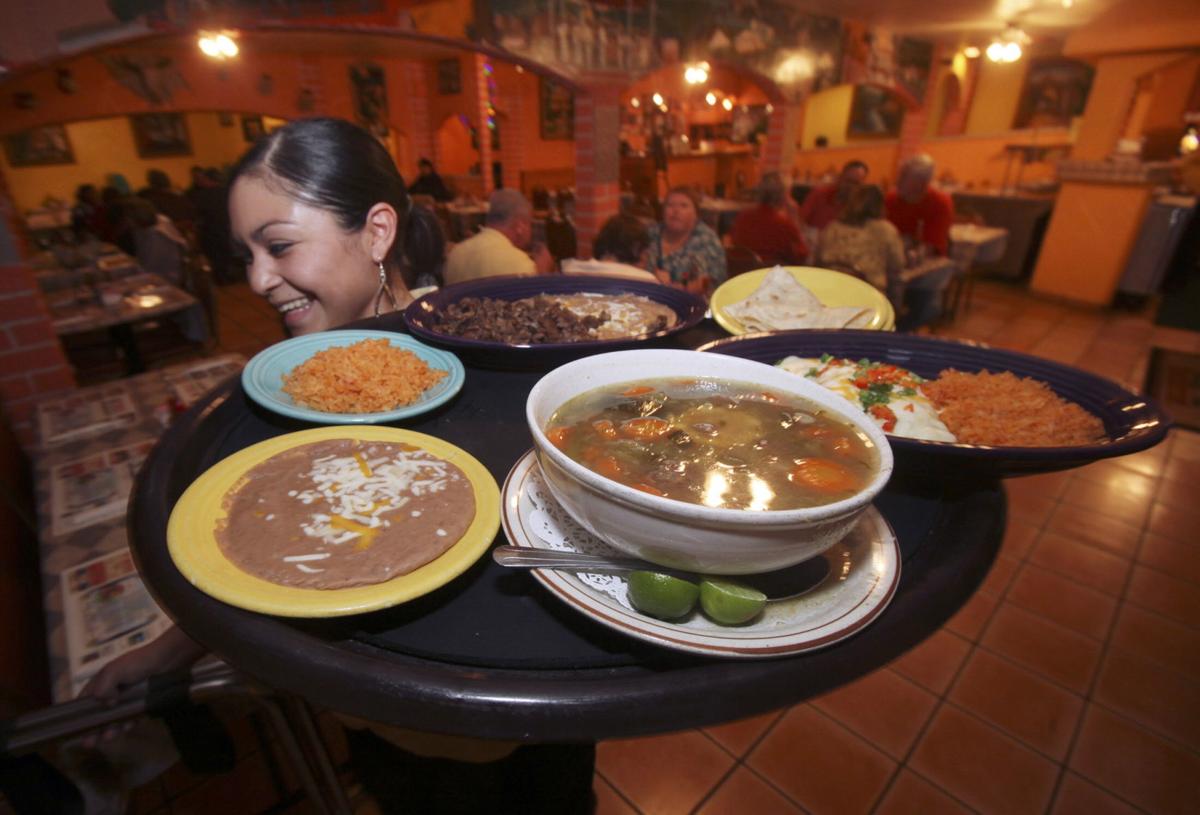Increases in wages for Arizona workers are not keeping pace with the rest of the country.
New figures from the U.S. Bureau of Labor Statistics say the average weekly wage for Arizonans for the second quarter of last year, the most recent available, was $943. That’s up 2.5 percent over the same period a year earlier.
But state workers, overall, continue to lose ground nationally.
That $943 compares with $1,020 a week for the rest of the country. More to the point, the BLS reports that national wages increased by 3.2 percent.
In fact, the report says wages went up faster in 34 other states than here.
Still, BLS says the average weekly wage in Arizona, while below the national average, is 23rd in the country.
Not surprisingly, what people are paid in Arizona depends on where they live.
Greenlee County posted the highest weekly wage at $1,268, no doubt driven by the relatively high percentage of the small workforce there who are employed in the high-paying mining industry and related businesses.
Maricopa County, where 70 percent of the state’s labor force is located, comes in at No. 2. But the BLS said wages in the state’s largest county rose just 1.6 percent in the one-year period ending last June 30.
By contrast, the federal agency found that Pima County wages are up 4.2 percent over the same period. Still, that left the average weekly wage there at $861.
The worst wages on average were paid to employees in La Paz County which posted an average weekly wage of $681, or just a hair more than $17 an hour for a 40-hour work week.
Economist Dennis Hoffman of the W.P. Carey School of Business at Arizona State University said he does not see any particular surprises in the report.
He said the reason average Arizona wages are less than much of the country is “probably our mix of industry,” with the state having more service than manufacturing jobs than many other states.
The most recent figures show 5.9 percent of all jobs in Arizona are in the manufacturing sector, which generally pays better-than-average wages. That compares with 7.9 percent nationally.
Conversely, 11.6 percent of all employment in Arizona is in the leisure and hospitality industry, a sector which is not known for its high wages. That includes bars, restaurants and hotels.
That’s higher than the approximate 10 percent figure for the nation as a whole.
Of note is that the wage growth figures come even though the state’s minimum wage rose $1.95 an hour, to $10, on Jan. 1, 2017.
But George Hammond, economist at the Eller College of Management at the University of Arizona, said that hasn’t translated into a real boom here.
“Overall, wage growth in Arizona still looks anemic in the second quarter of 2017 despite the substantial increase in the state’s minimum wage,” he said.
But Hammond said he’s not ready to draw any conclusions about long-term trends, saying the data from these quarterly reports “can be a bit volatile.” He pointed out that BLS reported year-over-year wage increases for the first quarter of 2017 to be 8 percent, versus a 6.6 percent national figure.
Hoffman said better times may be ahead, starting on a national level.
“I think overall wages are perking up,” he said. “And, inevitably, Arizona will participate.”
There are signs of that.
Friday’s federal job report for January showed that wages were 2.9 percent higher than a year earlier. While still below some targets, that year-over-year growth is the strongest since 2009.
Hammond, for his part, isn’t ready to start celebrating.
“In my view, the preliminary data that we have so far suggest that 2017 may not turn out to be the big breakout year for wages,” he said.
Yes, the minimum wage has gone up, not just in Arizona, but in some other states and cities. But Hammond said that may be being offset by demographic shifts, with high-wage baby boomers retiring “and being replaced by lower-wage millennials.”
For the record, the highest average wage nationally is in the District of Columbia at $1,675 a week, followed by Massachusetts at $1,278, Holding down the bottom is Idaho at $765 a week.
